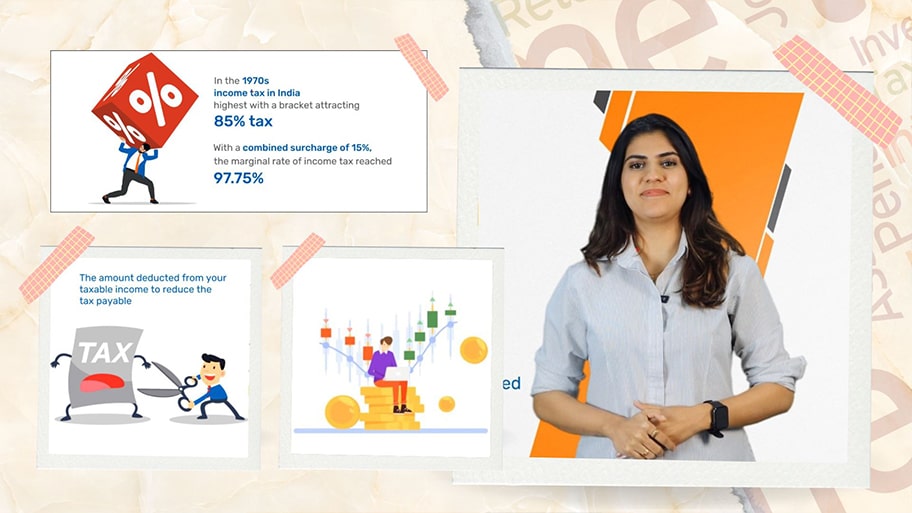Income Tax 101 for Self-employed
Episodes

E01: ITR for Self employed Individuals Explained
03 mins
Ready for tax season, or still feeling a bit confused? Don’t worry, we’re here to make things clearer with this video. First, we'll discuss ITR-3. This can be the ideal form for anyone running a proprietary business or profession. If you’re running a ‘one-man-show’ —like a doctor, lawyer, or consultant—this form is for you. It includes your total income from your practice. Next, you'll understand all about ITR-4 and the presumptive taxation scheme. With this scheme, your income is calculated as a set percentage of your turnover under Sections 44AD, 44ADA, or 44AE. We’ll also look at finer details under each. For instance, Section 44AD applies to business owners with a turnover up to ₹2 Crores, Section 44ADA to professionals earning up to ₹50 Lakhs. Similarly, Section 44AE applies to those working with goods carriages who own up to ten vehicles. Finally, the video explores other forms like Form 16A, Form 26AS, Annual Information Statement, and Form 3CB-CD. You’ll also learn about Forms 15G and 15H, which are needed to avoid TDS deductions on your interest income. Filing ITR may initially seem tough for self-employed individuals. However, with the right forms and a little preparation, you’ll soon become a pro at filing your taxes!

E02: Comparing ITR 3 and ITR 4 Which One is Right for You
04 mins
Choosing the right ITR form between ITR-3 and ITR-4 can be confusing for self-employed individuals in India. If you’re also reeling from this confusion, join us as we clear the air in this video! First, we’ll discuss ITR-3. This form can be ideal for business owners like shopkeepers, consultants, freelancers, or anyone running their own practice. If you're filing taxes on business income as a Hindu Undivided Family, ITR-3 could be your go-to option. However, remember that those with foreign income or single-property rental income cannot use ITR-3. Next, you'll understand which incomes ITR-3 covers. For this form, you can include business earnings, professional income, and other sources. These could be capital gains and income from multiple rental properties. We’ll explain how this could help those with a more complex income structure. Then, the video will explore ITR-4. This is for individuals or HUFs whose income comes from a business or profession under the presumptive income scheme. Here, business income is calculated at 8% for non-digital transactions and 6% for digital ones. You’ll also learn that it’s set at 50% of gross receipts for professionals. In summary, ITR-3 could be better suited for complex income structures, while ITR-4 might be ideal for simpler ones.
What to Watch Next
All


























